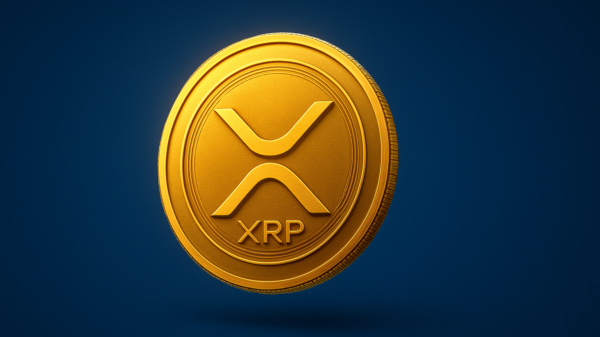Blockchain tech company BTC Digital Ltd. (NASDAQ: BTCT) launched its first Ethereum (ETH) staking offering in an attempt to expand its portfolio beyond Bitcoin mining operations.
The company announced the expansion on Monday, aligning with its strategic objectives to add more sources of income by participating in the Ethereum validator rewards program.
BTC Digital offers ethereum staking services with key features that include asset custody provided by Matrixport Technologies Ltd.
This collaboration ensures secure and reliable custody of Ethereum assets, giving clients peace of mind and safeguarding their holdings.
Additionally, BTC Digital’s foray into Ethereum staking aims to diversify its revenue streams while maintaining its commitment to the Bitcoin ecosystem.
By participating in Ethereum’s validator rewards program, BTC Digital strives to enhance its overall profitability and return on investment, offering clients the opportunity to maximize their returns.
“Our goal is to create new, predictable, and recurring digital rewards by entering another blue-chip digital asset ecosystem,” Alan Peng, CEO of BTC Digital, said.
“It is worth noting that we will continue to invest and expand our mining operations. We believe that Bitcoin mining and ETH staking are complementary business areas that will enhance our overall profitability and returns.”
Ethereum staking involves locking up ETH in a wallet to support the blockchain’s operations and security. Stakers receive rewards, usually more ETH, for validating transactions and maintaining network integrity.
This represents a shift from the proof-of-work consensus mechanism to proof-of-stake, and it’s essential for Ethereum’s energy efficiency and scalability. Stakers play a crucial role in securing the blockchain and are compensated for their efforts.
Read more: TerraZero Technologies and Napster offer artists collaborative space in the metaverse
Read more: CoinShares’ Valkyrie Funds acquisition boosts assets under management by $110 million
Proof-of-Stake increases security and scalability
Ethereum switched from the Proof-of-Work consensus mechanism commonly used by Bitcoin and its derivatives to a Proof-of-Stake mechanism in 2022 because it offers increased security, lower energy consumption, and greater suitability. It also makes it easier to scale solutions when compared to the previous proof-of-work architecture.
During the proof of work era, Ethereum used to reward miners for validating transactions by issuing approximately 5.4 million new Ether each year. Ethereum did this to ensure network security and funded it primarily through inflation in the native cryptocurrency. Ethereum may eventually reach a yearly issuance of 1 million ETH as the staking ratio increases. Nevertheless, this is still considerably lower than the pre-merge issuance.
As a result, Ethereum maintained a yearly inflation rate of around 3–4 per cent to cover this security cost. However, the transition to proof of stake has significantly reduced the security cost, allowing Ethereum to cut its yearly issuance to 816,000 Ether, based on the current staking ratio.
Since the merge, Ethereum has experienced a significant reduction in its supply due to the majority of ETH paid in transaction fees being burned, effectively removing it from circulation.
This reduction amounts to nearly 300,000 Ether. This stands in sharp contrast to the scenario where the merge did not occur, where Ethereum would have seen an increase in its supply of nearly 3.9 million ETH over the past year.
Ethereum has not only become deflationary since the merge but has also changed the way it rewards its stakeholders. Instead of miners receiving issuance, holders of Ether are rewarded if they choose to stake it, making Ethereum a financially sustainable cryptocurrency that offers holders a negative supply change and staking rewards.
.













